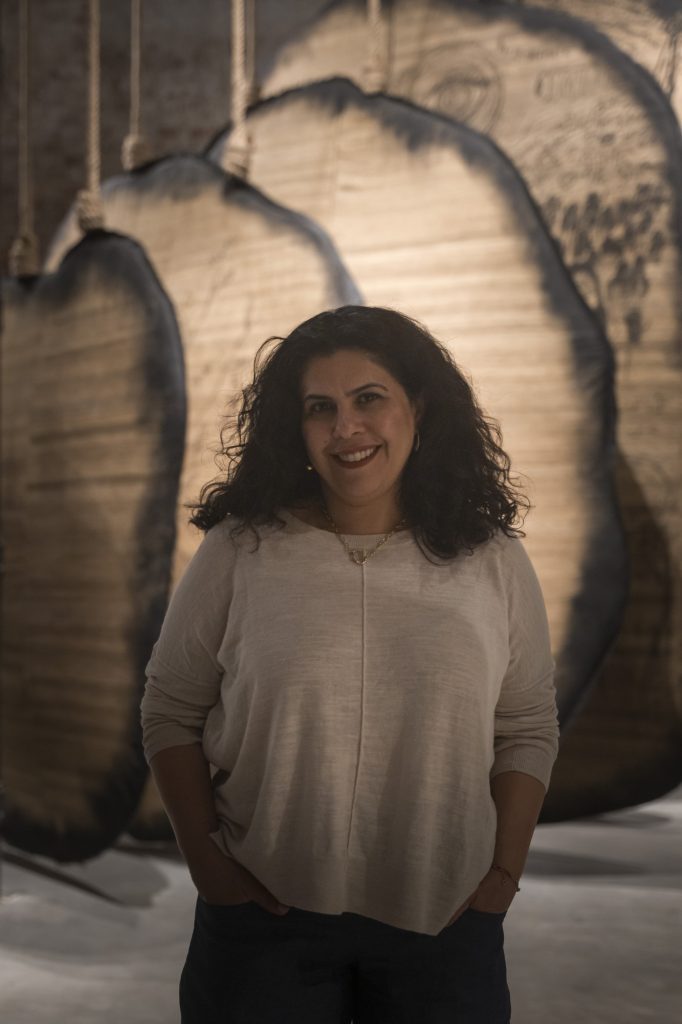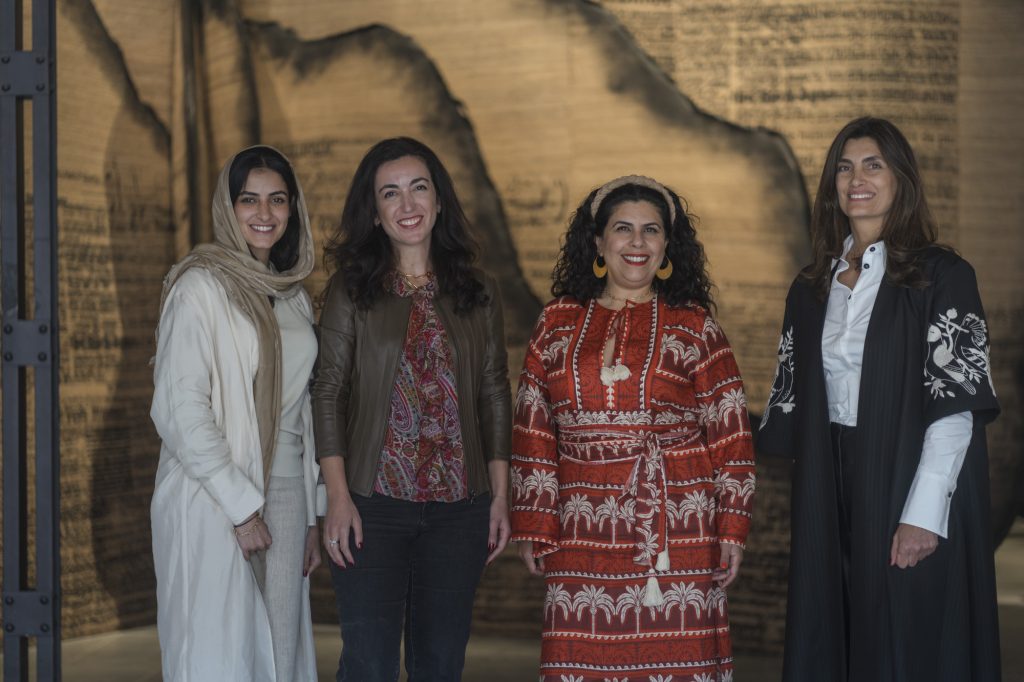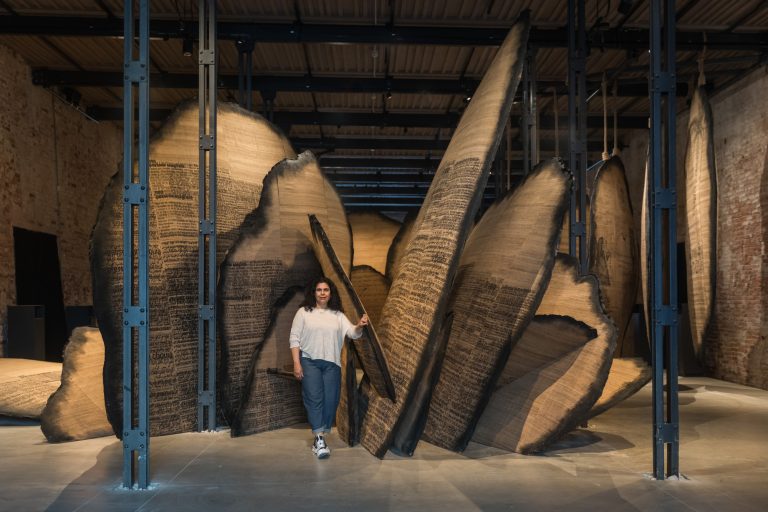
Photography by VENICE DOCUMENTATION PROJECT courtesy of the VISUAL ARTS COMMISSION

Photography by VENICE DOCUMENTATION PROJECT courtesy of the MINISTRY OF CULTURE
Meet Manal AlDowayan, a fearless Saudi artist who has made waves with her showcase at the Venice Biennale. Known for her bold installations and thought-provoking projects, AlDowayan tackles themes of gender, social justice, and cultural change. She shares insights into her creative process, inspirations, and the importance of representing Saudi women on a global stage.
h: Your artistic practice spans various mediums, including photography, sound, sculpture, and participatory installations. How do you approach working across these different mediums, and what influences your choice of medium for a particular project?
Manal AlDowayan: Generally speaking, the medium is always part of the concept of artwork. The answer to this question may have evolved over the years, as the relationship between medium and concept has likely changed with each project. I naturally link a concept with its materiality, exploring both to further develop the artwork I make. However, some conceptually formed ideas and shapes have remained constant throughout my career, such as the incorporation of traditional crafts, the conceptualisation of soft sculptures, and the idea of participation, among others. In my studio, when I start exploring a new medium, it immediately becomes a source of inspiration.
Lately, I have been working on a larger scale, creating public art and on-site installations where the main source of inspiration is the space that will host the artwork. The language and concept should respond to that space, presenting challenges that are very inspiring and encouraging me to explore materials I hadn’t imagined using before.

